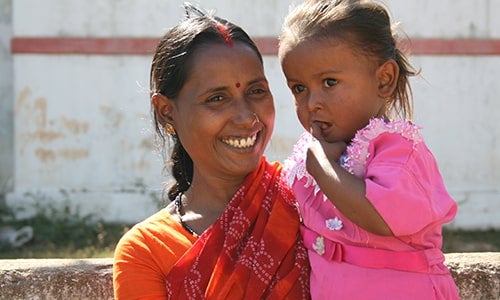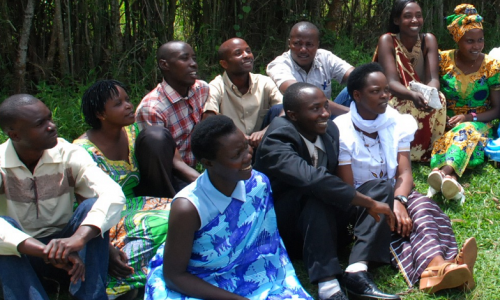Finding the Common Language between Public-Private Partnerships
[Originally posted on UN Foundation’s Global Connection blog here]
This blog is part of the Innovation Working Group mHealth Catalytic Grant series, highlighting the impact of mobile technology on global health and development. Learn more about the 26 mHealth projects funded under the IWG mHealth grants program here.
Last week, I attended Mobile Learning Week, organized by UNESCO, which brought together a diverse range of stakeholders to discuss how to further women and girls through mobile technology. Of course, the usual suspects from development organizations were in attendance, but so were a large number of private sector players such as Intel, VimpelCom, Microsoft and Alcatel-Lucent, among others.
Though the recent fascination with public-private partnerships has mostly focused on discovering for-profit sustainable models, corporations have much more to offer to the development space. Whether it is bringing a competitive spirit to tackling development challenges (by supporting international competitions such as X-Prize) or employing the latest high-end technology in delivering education solutions with UKAID, as is the case of Avanti and Discovery, for-profit corporations are making their presence felt.
Mobile Learning Week had a clear message that private sector partnerships are not simply a fickle trend, but will pave the way, especially when it comes to mobile enabled services. In addition to bringing cutting edge technology, the private sector is increasingly seen as offering operational expertise to attain and manage scale through its efficient use of human capital and organization resources.
The Challenge: What is the right evidence?
Though numerous partnerships are emerging, their life beyond pilots and isolated projects seems uncertain. Herein lies the disconnect: both partners are looking for differing evidence. On one hand, the development organization is looking to understand total impact – not just immediate quantifiable aspects – but deeper enquires into quality of life. The private sector partner, on the other hand, is looking for evidence through clear performance dashboards, evaluating whether there is a viable underlying business model.
Even though there is no lack of commitment by both partners, the lack of a common language for measuring performance is preventing some partnerships from going from pilot to achieving sustainability.
A step in the right direction
The solution lies in discovering the intermediate stage between the business performance milestones used by private sector, and detailed methods and evaluation approach undertaken by the development organization.
In our own work with bringing CycleTel Humsafar and CycleTel Family Advice to market via a commercial partnership, we are trying to include performance metrics right at the program design stage to achieve two-fold objectives. First, we aim to create a body of knowledge that can be used throughout the mHealth space and second, we are trying to deepen insights supported by quantitative data so that we can progressively keep improving our services.
We have just launched the first phase of the CycleTel Family Advice service and look forward to sharing data on our performance over the course of the year.
—
Charu Chadha works for the Institute of Reproductive Health at Georgetown University. She is currently managing and expanding the India operations for CycleTel – an mHealth service developed and incubated by IRH. Charu has an MBA from the University of Oxford and rich experience in the social enterprise space. She was previously a Shell Foundation Social Entrepreneurship Fellow and an Acumen Regional Fellow.
 Where We Work
Where We Work  Press Room
Press Room  FACT Project
FACT Project  Passages Project
Passages Project  Learning Collaborative
Learning Collaborative  Search All Resources
Search All Resources  Social Norms
Social Norms  Fertility Awareness Methods
Fertility Awareness Methods